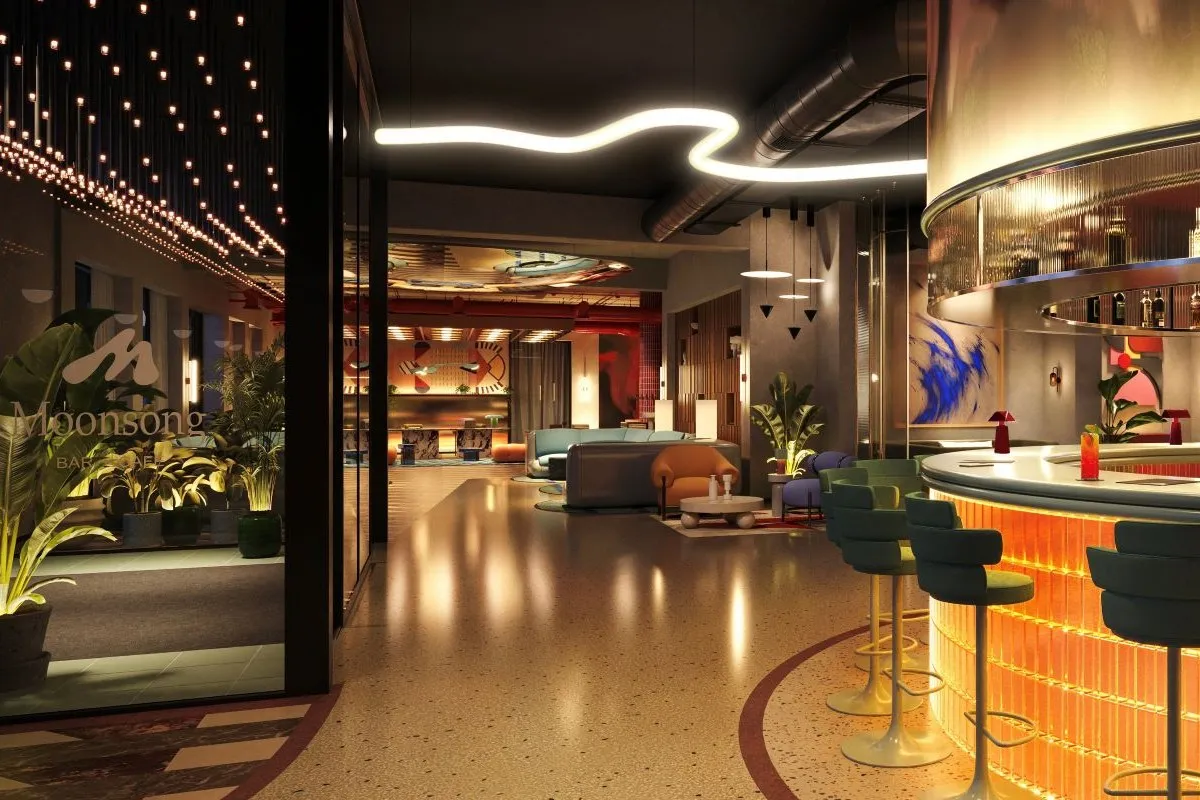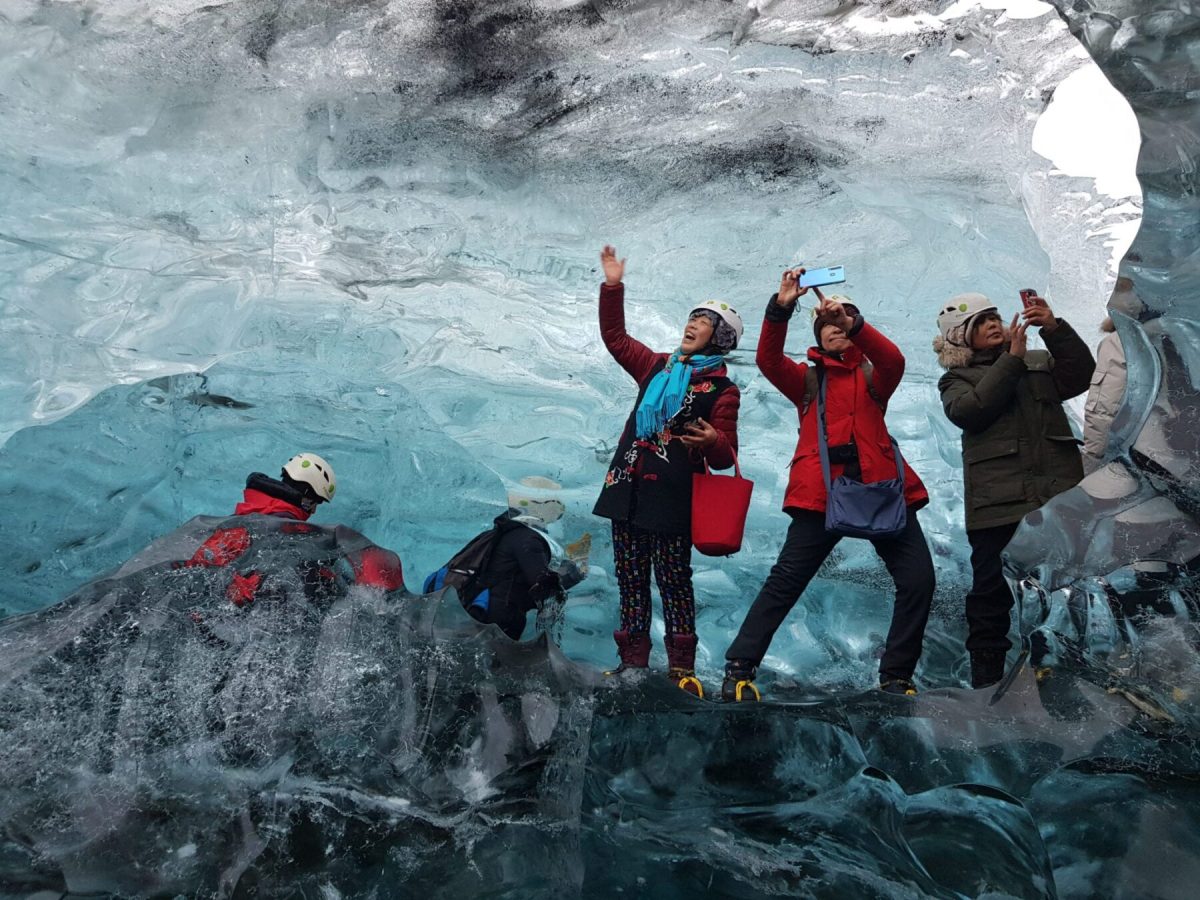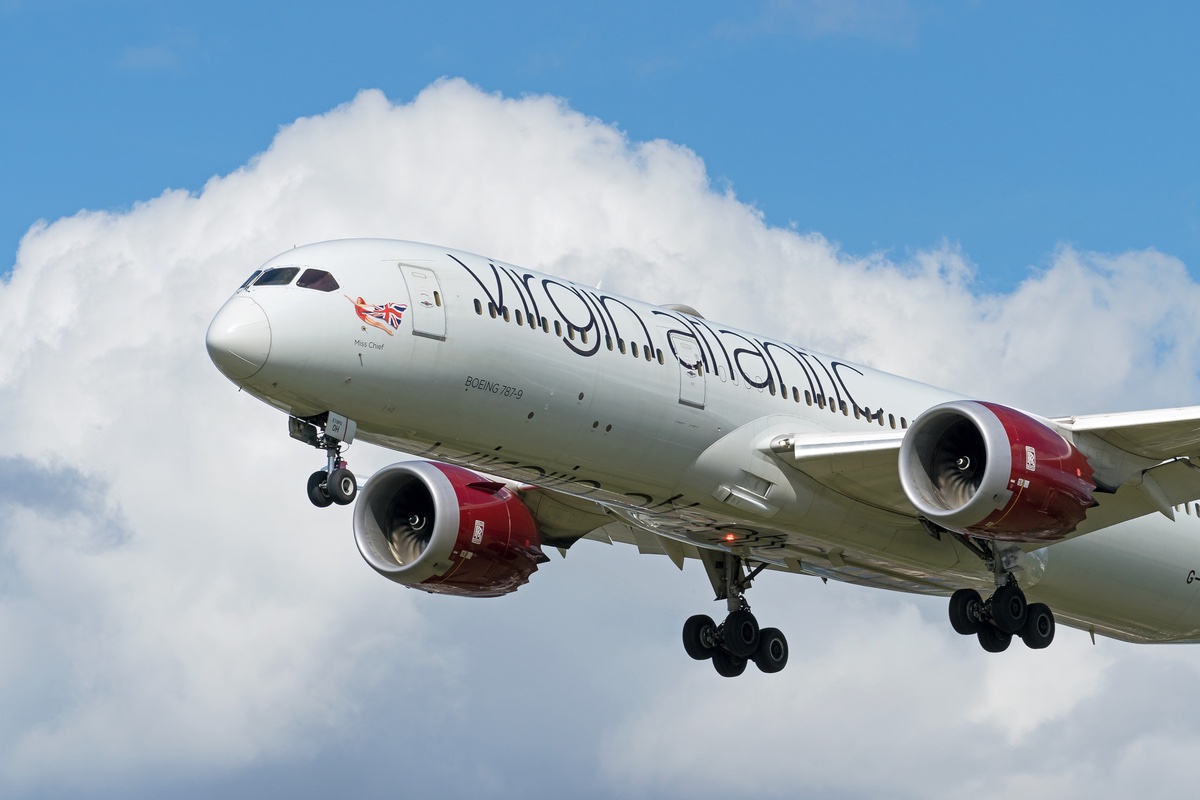Venice Tourism Checkpoints Are a Sign of Europe's Fractured Approach to Overtourism

Skift Take
Venice launched a marketing campaign last July that told tourists to respect the city and explore it responsibly as residents demanded action from local government officials to manage overtourism.
Less than a year later, it appears the softer approach hasn't worked and the city has installed tourist turnstile checkpoints at main entry points to divert visitors along separate routes.
Some residents last week protested the turnstiles (see photos in tweet below) and feel their city is increasingly becoming a theme park. Some of the turnstiles were removed by protesters, but have since been restored.
On peak days the average numbers of tourists in Venice, some 60,000, eclipse the number of city residents at 55,000.
Last month, Venice Mayor Luigi Brugnaro announced an ordinance that was in effect from April 28 to May 1, a busy holiday weekend in Italy, that set up multiple checkpoints to inspect identification of people wanting to enter the city. Residents and tourists with Venezia Unica Cards were allowed to take a different and ideally less-crowded route to their homes and popular attractions than tourists who didn't have the card.
Boats and vehicles without special permits or licenses were also diverted to separate routes.
#Venezia | Dopo il blitz dei NoGlobal a Piazzale Roma il sindaco Brugnaro ai varchi del ponte della Costituzione e nella sala operativa della Polizia Locale per monitorare la gestione dei flussi turistici @comunevenezia @CMVenezia @veneziaunica
[staff] pic.twitter.com/MO03EOta9O
— Luigi Brugnaro (@LuigiBrugnaro) April 29, 2018
Venezia Unica Cards provide tourists with discounts on admission at top attractions, shorter queues, and other offers while Venice residents use the card to access city services. The tourist card ranges from 21 to 70 euro and is valid for five years.
It's unclear how many tourists use Venezia Unica Cards on an annual basis, and Venice tourism officials couldn't be reached for comment before publication. But it's interesting that Venice is rewarding tourists with attraction passes as an attempt to curtail crowding, and that other top destinations cities like Barcelona, Dubrovnik, and Lisbon are working on their own overtourism solutions.
Brugnaro said the turnstiles could be used during future weekends and peak visitor times. "We have the task of safeguarding Venice, and this is why we have adopted possible measures based on what is permitted by the current regulation regarding the increase of tourism flows," said Brugnaro, in a statement last week.
"[The holiday weekend of April 28 to May 1] will represent an opportunity to experiment these measures with a new tourism management system," said Brugnaro. "This is a commitment that we have taken with UNESCO and, above all, with the many residents of this city."
The new tourism management system that Brugnaro refers to could also target day visitors to Venice rather than overnight visitors who spend more money in the city, said Marzia Bortolin, a spokesperson for the Italian National Tourism Board.
Summer of Overtourism: Part 2
Although some European destinations have taken steps to better manage tourism growth and arrivals in the past year, many popular cities and towns are facing another crowded summer.
Tourism and other government officials tend to only see the economic benefits and ignore the potential negative impact that tourism can have in a destination, said Jennifer Iduh, Head of Research and Development at European Travel Commission, speaking at Skift Forum Europe in Berlin, Germany on April 26.
"We try to avoid seeing crowded areas, monuments, and historical heritage sites," said Iduh. "Most importantly, we need to involve the local community."
This week, the mayor of Capri, Italy, an island off the coast of Naples, said it's considering running a similar turnstile experiment.
Bortolin said she's not familiar with what tourism officials in Venice and Capri are considering, but it's clear Italy is finally waking up to the problem. "[Some destinations] are trying to encourage tourists to plan their trip in fall or spring instead of the summer season," she said. "Prices are more affordable and places are less crowded."
Iceland, for example, has been successful at growing tourism in its off-season and most of the country's tourism growth has been from September to May, said Inga Hlín Pálsdóttir, director of Visit Iceland & Creative Industries at Promote Iceland, who also spoke at Skift Forum Europe.
"We've increased airlift as part of this strategy to grow tourism in the off-season and we now have 11 airlines flying to Iceland year-round," said Pálsdóttir. But most of Iceland's tourism likely still occurs during the warmer months of June to August, and in Italy's case, a solution would likely have to consider a decrease rather than an increase in airlift.
Italy had 46 million tourist arrivals in 2016, the most recent year for which data is available, according to data from the United Nations World Tourism Organization.
About 38 million (82 percent) stayed in a hotel and about eight million (17.4 percent) stayed in an alternative accommodation or with friends and family. Angered Venice residents have pointed to platforms like Airbnb and other alternative accommodation platforms for stratospheric tourism growth in the city as more residents move out and convert their homes into rentals.
Venice's 2017 marketing campaign slogan "travel, enjoy, respect" didn't catch on with tourists. Public signage and messaging on how to travel responsibly as a visitor is still a novelty for the city, but if tourism officials thought it had been enough it wouldn't be installing barriers at the front of the city.
Tourism officials have demonstrated that they've heard residents' concerns, but many Venetians aren't appeased with the new checkpoints, either. Perhaps officials haven't taken the community's suggestions too closely to heart.




